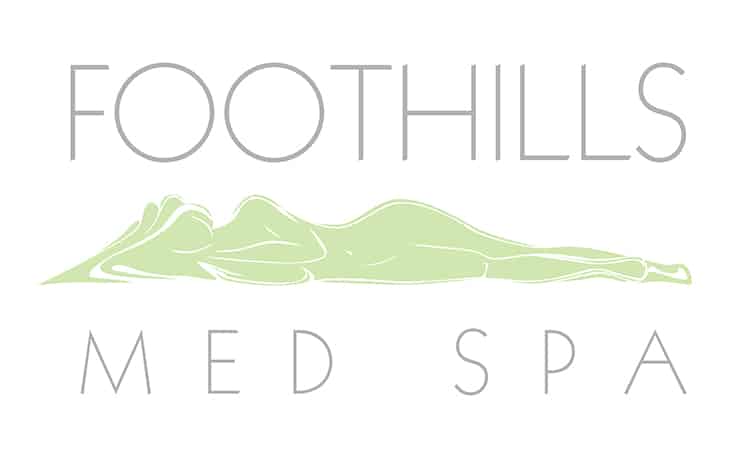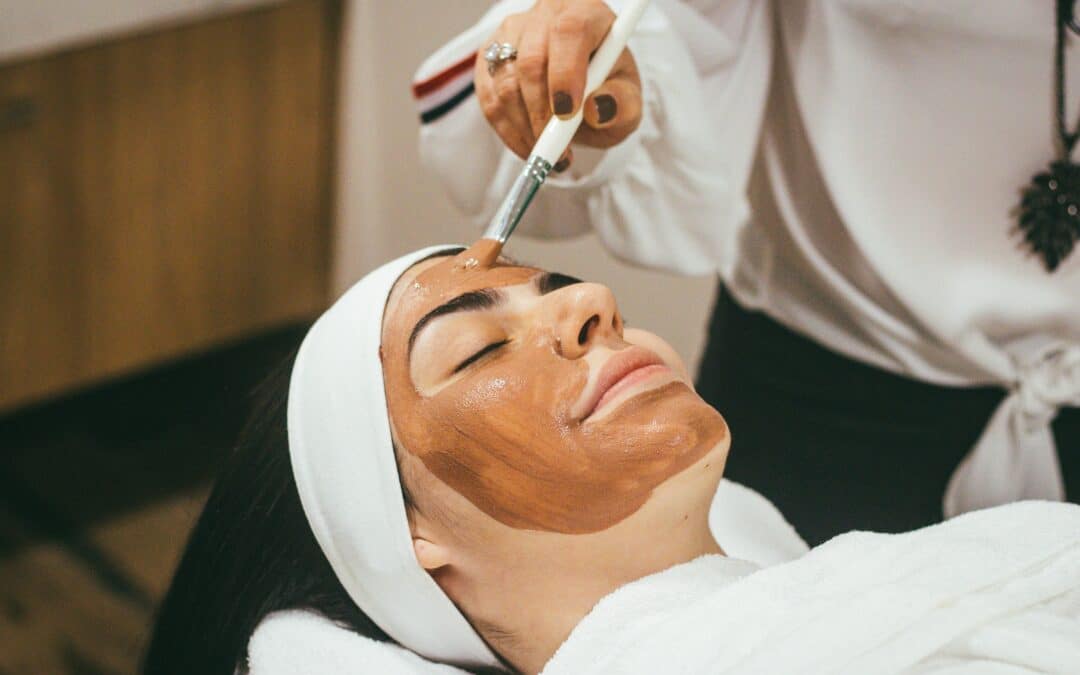Acne is something that we all struggle with in our teen and early adult years. Typically the peak of our acne occurs during puberty and will usually significantly reduce itself in our late teens and early twenties. However, many struggle with leftover acne scarring. This happens when the amount of acne we have on our face leads to inflammation and doesn’t get treated right away. Picking at or popping out acne is another way to get acne scars. Thankfully, there are various treatment options that can help with the reduction of acne scars which this article will explore.
Chemical Peels
A chemical peel is a type of technique used on the skin to help acne scars, age spots, crows feet, hyper pigmentation, and more. You can get a chemical peel at most med spas and esthetician offices. An esthetician will place a chemical solution on your face and neck which will allow your skin to exfoliate and shed the dead layers off. The new skin is typically more sensitive to the sun so wearing sunscreen and avoiding the sun as much as possible will help your skin overall. Generally, there are three types of chemical peels:
Superficial Peel: This type of peel is relatively mild. It contains Alpha-Hydroxy acid and does not penetrate beyond the outer layer. This peel is often used to help with mild skin discoloration.
Medium Peel: This type of peel penetrates all the way to the middle layer to remove both damaged skin cells, fine lines, and wrinkles. Usually glycolic acid is used in this treatment.
Deep Peel: The deep peel is the most powerful chemical peel. Trichloroacetic acid is used to penetrate the skin and remove the most damaged skin cells. With this particular peel, patients will see the most improvement.
Microneedling
Microneedling is another popular procedure that can be used to treat acne scars and skin imperfections. Microneedling is a procedure that uses tiny needles to penetrate the skin. These needles do not leave scars but rather help your skin naturally repair itself through dermal remodeling. It treats stretch marks, enlarged pores, and more. To those unfamiliar, microneedling may sound scary and painful. However, this procedure is minimally invasive and is usually not painful. The recovery time is quicker than a chemical peel would be. It is generally recommended to receive between three to five treatments in a month to achieve full results.
Microdermabrasion
Microdermabrasion is another treatment option that helps reduce the appearance of acne scars, discoloration, and sun damage. Microdermabrasion removes the outermost layer of the skin so it is minimally invasive and leaves your skin feeling refreshed. Microdermabrasion helps thicken up your collagen which is essential for making your skin appear plump and youthful. The average cost of doing microdermabrasion is $167 but that can vary based on location, experience level, and other related expenses. Although it may be pricey, many offices offer payment plans so be sure to speak with your provider about what would be the best option for you.
Vitamin C Serums
Vitamin C is a highly effective ingredient that does wonders for a person’s skin. It is proven effective to reduce the appearance of redness and acne scars. The antioxidants in vitamin C are highly powerful that not only brighten up your skin’s appearance but help damaged cells repair themselves. Typically a good vitamin C serum contains at least 20% L-ascorbic acid to be effective. You don’t have to spend hundreds of dollars on a vitamin C serum in order for it to work and treat your acne scars. There are brands such as the Ordinary which offer various serums that are $20 or less. Paula’s Choice vitamin C serum is another great product that is slightly more pricey retailing at $55 but still significantly cheaper compared to other vitamin C products.
Dermaplaning
Another minimally invasive procedure that is great for reducing acne scars is called dermaplaning. Dermaplaning is the process of shaving off the top layer of your skin and removing dead skin cells, peach fuzz, and hair. Your esthetician will use a small instrument called a dermaplane to gently shave off the top layer of your skin. The dermaplane looks similar to an electric razor and it does not make any cuts to your skin. After the procedure is finished, your esthetician will likely apply a soothing gel to your face to help with redness. You shouldn’t feel pain after the procedure is over but some tingling is normal.
https://www.aad.org/public/diseases/acne/derm-treat/scars/causes
https://www.asds.net/skin-experts/skin-treatments/chemical-peels
https://www.yalemedicine.org/conditions/microneedling
https://www.plasticsurgery.org/cosmetic-procedures/microdermabrasion/cost
https://www.sltrib.com/sponsored/2023/02/07/22-best-serums-acne-scars-2023/
https://my.clevelandclinic.org/health/treatments/22680-dermaplaning

